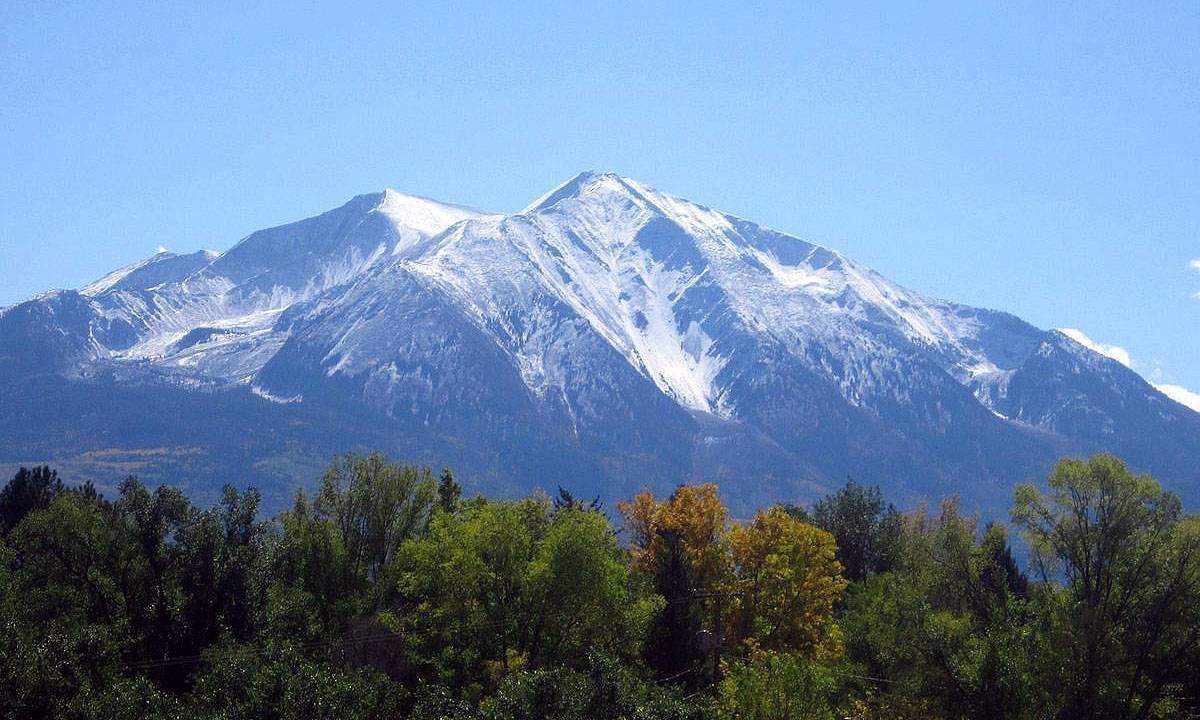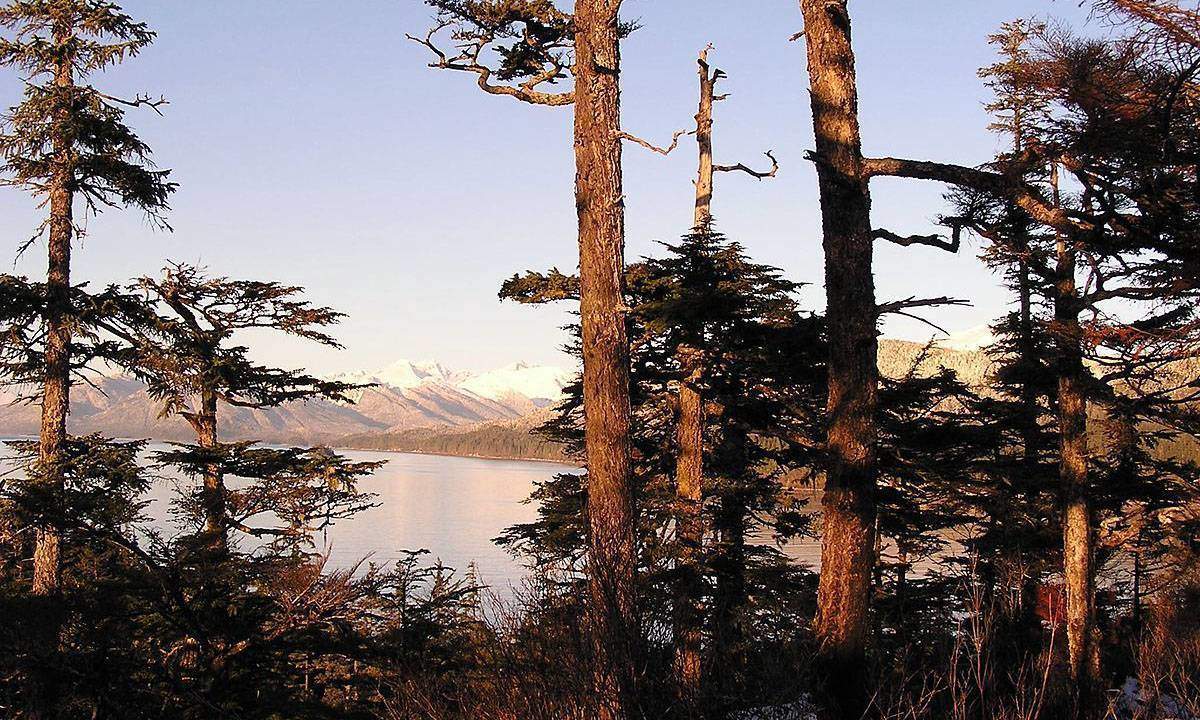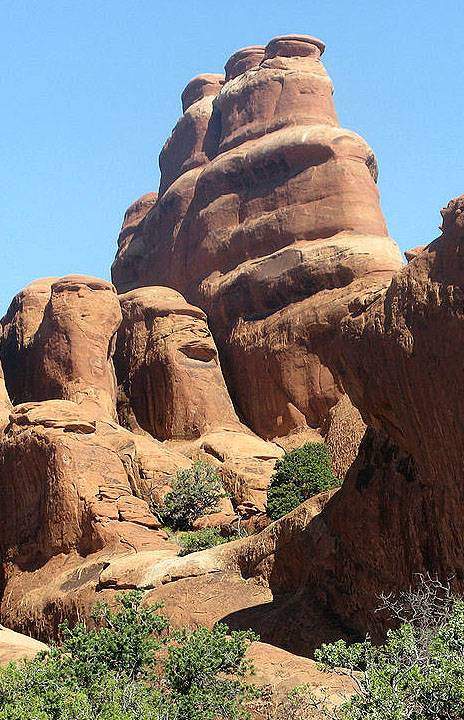Since Donald Trump became the president-elect last month, environmentalists have been scrambling to adjust to a new reality, with everything from the Paris Climate Agreement to The Clean Power Plan to the Clean Water Act of 1977 suddenly far from sure things going forward. Between Trump’s desire to roll back environmental regulations and his thirst to kickstart more oil, gas and other energy exploration, the country’s parks and other federally preserved slices of nature have become newly vulnerable.
I spoke recently with Greenpeace’s Forest Campaign Director, Rolf Skar, about the national parks, forests, monuments and other natural treasures that are likely to come under particular threat in the coming months and years. “The intent is very clear with this coming administration and Congress,” Skar says. “Based on the Republican platform, they want Congress to pass an overarching piece of legislation [that] would essentially set up a system to fast track the land-grabbing of federal public lands.”
The threats are numerous, the legalities endlessly convoluted, the cabinet appointments alarming. Some locations will be at greater risk than others, and Skar helped me identify some areas that are most vulnerable to Trump’s policies. Here are seven natural wonders—and beloved U.S. travel destinations—that will be newly threatened over the next four years.



Denali National Park (Alaska)
“The (poles) of the planet are the parts where you see the effects of climate change faster than toward the equator,” says Skar. This makes Alaska one of the most vulnerable places in the United States, especially if legislation to curb climate change is reversed. Denali National Park, which encompasses 6 million acres of Alaskan wilderness, including the former Mount McKinley (renamed Denali in 2015), is already experiencing the damages of global warming. Skar points to sweeping fires in the past couple of years that are unprecedented in their scale, and adds a particular irony: “Some of the politicians from Alaska are the ones that have been leading the charge on climate denial,” he says.
Major Risk: Climate Change



Grand Staircase-Escalante National Monument (Utah)
Invoking the Antiquities Act of 1906, presidents can unilaterally create national monuments. President Bill Clinton used it to designate this national monument in 1996, ensuring the preservation of 1.9 million acres of unrivaled natural beauty in southern Utah—including Devil’s Garden and Zebra Canyon. No attempt hasever been made to revoke monument status, but that may soon change. Since the election, Utah Representative Rob Bishop, head of the House Natural Resources Committee, has called on Trump to abolish Grand Staircase as a monument, along with several other national monuments. Considering that Clinton’s designation in 1996 blocked a large coal mine from launching within the new monument’s boundaries, and that Trump has vowed to bring back coal mining, Grand Staircase may again become a target.
Risk: Coal Mining



The Arctic National Wildlife Refuge (Alaska)
This 19 million acre swath of land in northeastern Alaska has been a lightning rod in the tug-of-war between environmentalists and energy companies for decades now. And even though it’s not necessarily the best option for drilling, either economically or geographically, it’s a highly attractive target for drilling as a matter of principle. Skar expects the new government to “go after the Arctic National Wildlife Refuge anyway, because of the symbolic nature of it.”
Risk: Oil Exploration



Yosemite National Park (California)
The recent extreme drought in California has been well covered, but Skar says that advanced scientific modeling is now indicating that not only are the droughts linked to global warming, they might be doing more long-term damage than previously believed. This could have a particular impact on national parks in the western part of the state—including, in addition to Yosemite, Sequoia National Park and Joshua Tree National Park. “Forests are starting to feel the effects of climate change, and having to adapt or die,” Skar says of the region.
Risk: Global Warming



White River National Forest (Colorado)
Last month, Interior Secretary Sally Jewel announced the cancellation of 25 oil and gas leases in this, America’s most visited national forest, thanks to the 12 ski areas located there (Breckinridge, Vail, etc). A president Trump will likely revisit that decision—his energy plan includes the stated intention to “open onshore and offshore leasing on federal lands.” Protections for national forest are by legal definition less stringent than those for national parks. While parks are created with a mandate of preservation, forests are structured for “multiple use,” potentially including the extraction of resources. This gives politicians and energy companies an easier path in national forests like White River.
Risk: Fracking



Tongass National Forest (Alaska)
The largest national forest in the United States is likely fall in the crosshairs of a “very real effort to get rid of federal public land” by the Republican Congress, says Skar. In fact, any efforts during the upcoming administration will build on efforts already underway, especially by Alaska Senator Lisa Murkowski, who has used riders on other legislation in an attempt to chip away at Tongass’ acreage. This comes while a legal battle over logging rights in the forest continues.
Risk: Logging



Theodore Roosevelt National Park (North Dakota)
This North Dakota park is named after—and contains the former ranch of—the man many consider to be the father of environmental conservation in the United States. Drilling rigs already surround the park, thanks to the recent fracking boom in the state of North Dakota. And while fracking will not likely be allowed within the park itself, current sites run right up to the park’s boundaries, threatening wildlife, increasing pollution, and disrupting the beauty of the this rugged badlands landscape. While President Obama has enabled the fracking industry to grow, he has endeavored to keep its environmental impact in check. A President Trump will likely go in the opposite direction, with the badlands of North Dakota suffering the consequences.
Risk: Fracking







